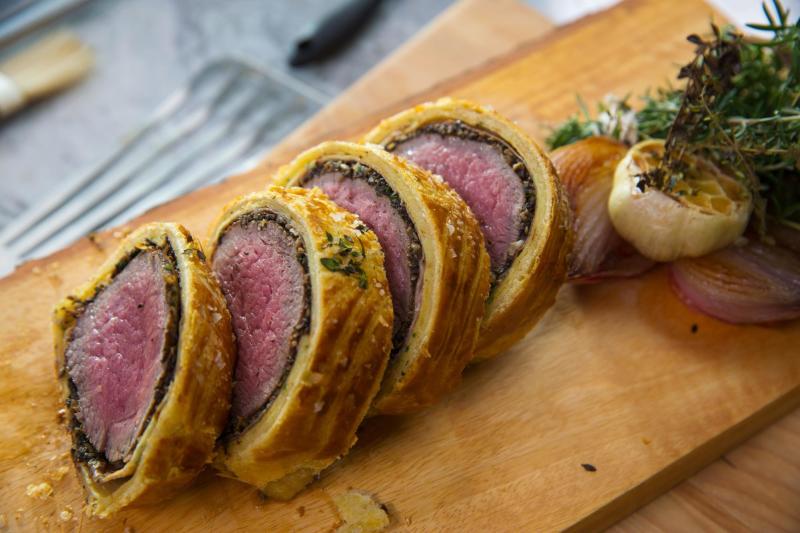Aim; To look at the different ways we can prevent climate change in the future.
Changing Our Future
- Coal
- Oil
- Gas
What is the cost?
The cost is Carbon Dioxide
The CO2 level has soured since when?
During the industrial revolution that is when it all soured.
What are the effects in the UK?
- 19 out of the 20 warmest days on the record are of this century.
- Heatwaves.
- Species could disappear, meaning extinct.
How many climate refugees will there be in Britain by 2050?
There will be around 200 million climate refugees and some will be in Britain.
There will be around 200 million climate refugees and some will be in Britain.
When will Fairborn be flooded?
Sometime in the next 26 will Fairborn be flooded.
Sometime in the next 26 will Fairborn be flooded.
What are some of the other things that will be 'swallowed by the waves'?
- 1.5 million home in England are at risk of being covered by the sea.
- 100,000 homes are of risk of erosion.
- 100 toxic sites could be swallowed by the waves.
- Reducing gas emissions and changing them to non-CO2 emitting energy.
- Plant 1.5 billion trees.
- Running vehicles on solar power and batteries.
What ideas are school children having about climate change?
- Protesting.
- Not having children as they might live unfair chances and the effects of climate change on then
- Reduce the amount of fossil-fueled vehicles that you use.
What is the atmosphere called?
a Waste Dump.
What is the last statement the reporter made?
We know what we need to do, we have got the technology. What we lack is the
political will.
What places will be affected?
There will be various places in New Zealand that will be affected.
There will be various places in New Zealand that will be affected.
What else do we need to think about?
Building structures where it is predicted that the sea-level will rise up to.
Building structures where it is predicted that the sea-level will rise up to.
What other places around NZ will be affected?
The places that could be affected by climate change are the Pacific Islands.
What does this do to our drinking water?
More saltwater that could get to our sources where we get our fresh/drinking water.
More saltwater that could get to our sources where we get our fresh/drinking water.
What are the main concerns?
- Coastal flooding.
- Coastal Erosion.
What can we do?
- Take out less amount of fossil-fuels, using public transport.
- Thinking about using vehicles that are non-fossil-fuel powered.
- If thinking about building a house get it designed so that it does not waste energy.
What is the one, silver bullet solution? There is nothing, as we can not totally solve this climate change problem.
What is the mix of things we need to start doing?
- Getting to use renewable energy, solar, wind, hydro, etc.
- Solar heating for houses.
- Using non-depended on fossil-fueled vehicles,
What are 3 others you can think of?
- Reducing the amount of rubbish produced.
- Walking to the store or a location where is not very far that we cannot walk it.
- Recycle objects and try to plant more plants or even trees around the area.
My Investigation
Where does our food come from?
- Choose your favourite food.
Beef Wellington
- Upload a picture of it.
- Draw a picture of it on A4.

On your blog answer the following questions.
- Where does the food come from (e.g. is it from another province or country, was it purchased or made locally)? It can be made anywhere, but it originated in England.
- How many kilometres away did the food travel to get to you? 0 kilometres because it can be made anywhere you can cook at.
- What are the main ingredients? The main ingredients are; Beef fillet, Duxelles, Pate, and Puff Pastry.
- How is the food packaged? Beef Wellington is not really a type of food that needs to be packaged. It is sort of more restaurant and handmade food.
- What resources do you need to produce this food item (e.g. land, water, oil, food, etc.)? The resources needed are land, water, oil, and food.
- Would this item have been processed? No, it wouldn't have been processed as this dish cannot be made using machinery.
- Is there anything unique or significant about the food item (e.g. fair-trade, local)? Yes, you can use local ingredients as well as imported ingredients.
- What else do you notice about this food that affects its climate friendliness? It does not need any transport, because you can get the ingredients locally without travelling much using vehicles.
- Do you think this food is climate-friendly (Circle)? (YES) NO
- Why? Because it doesn't need any transport as such. Some ingredients could require transport however by using local ingredients it is fair to say that it doesn't need transport. However, the meat that is used from making the beef welling specifically the beef, is not too eco-friendly per se. Cows produce methane, we would be able to counteract that by making it so that methane is collected and is put to use.
- If no, what would be a better alternative?

No comments:
Post a Comment
Comments
Please structure your comments as follows:
Positive - Something done well
Thoughtful - A sentence to let us know you actually read/watched or listened to what they had to say
Helpful - Give some ideas for next time or Ask a question you want to know more about